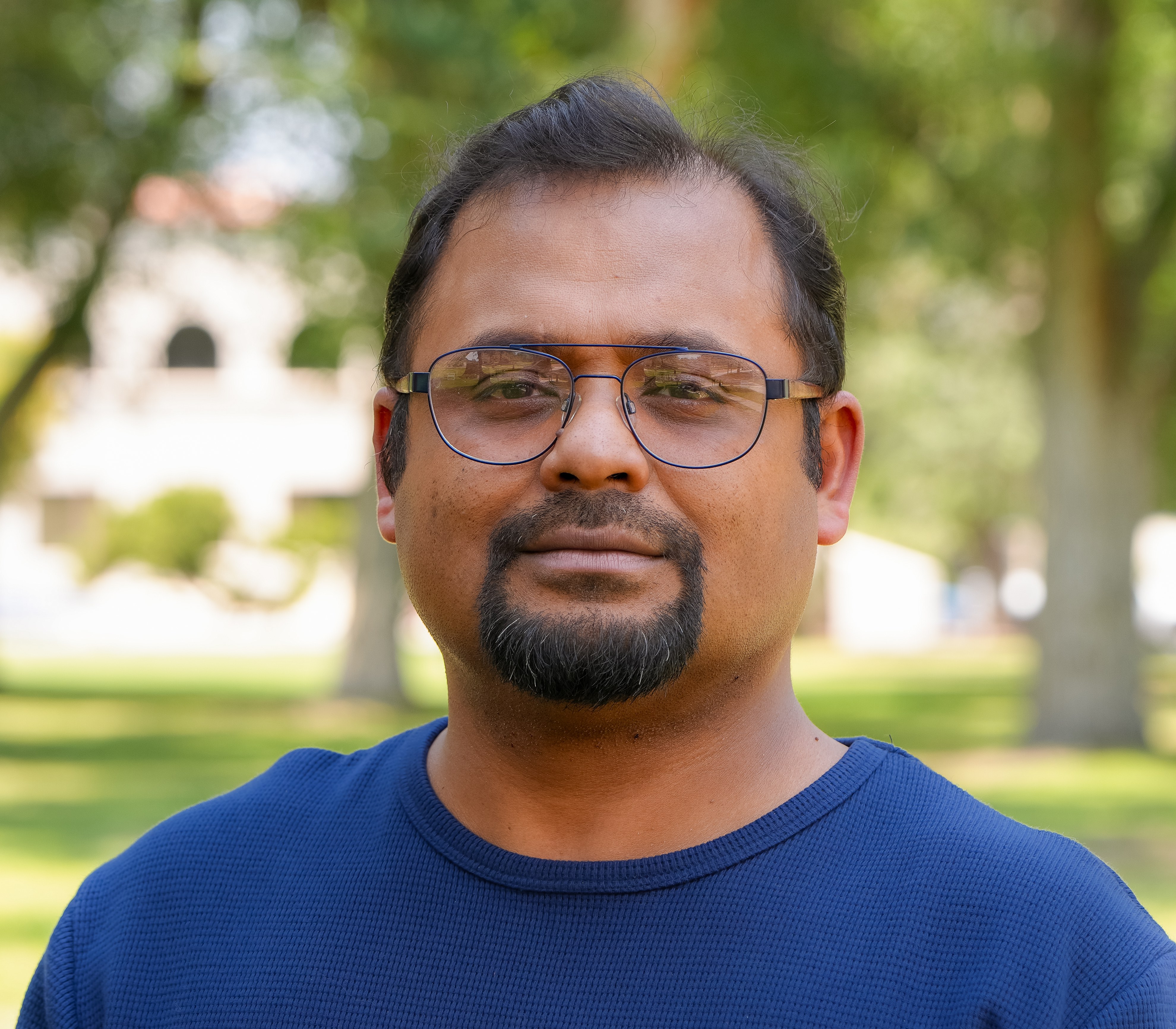
Deep Choudhuri, PhD
Associate Professor
Materials and Metallurgical Engineering
- Group website
- Email: deep.choudhuri@nmt.edu
- Office Phone: 575-835-5465
- Office: 116 Jones Hall
Curriculum Vitae
- Non-classical nucleation; Crystallization; Phase transition/transformations; Dislocation plasticity
- Metals and alloys; Metal-organic frameworks (MOFs)
- Classical Molecular Dynamics and Monte Carlo simulations; Density functional theory & Ab initio Molecular Dynamics; Mean-field theory and modelling; Computational chemistry
- Physics-informed Machine learning
Employment History & Academic Preparation
Education